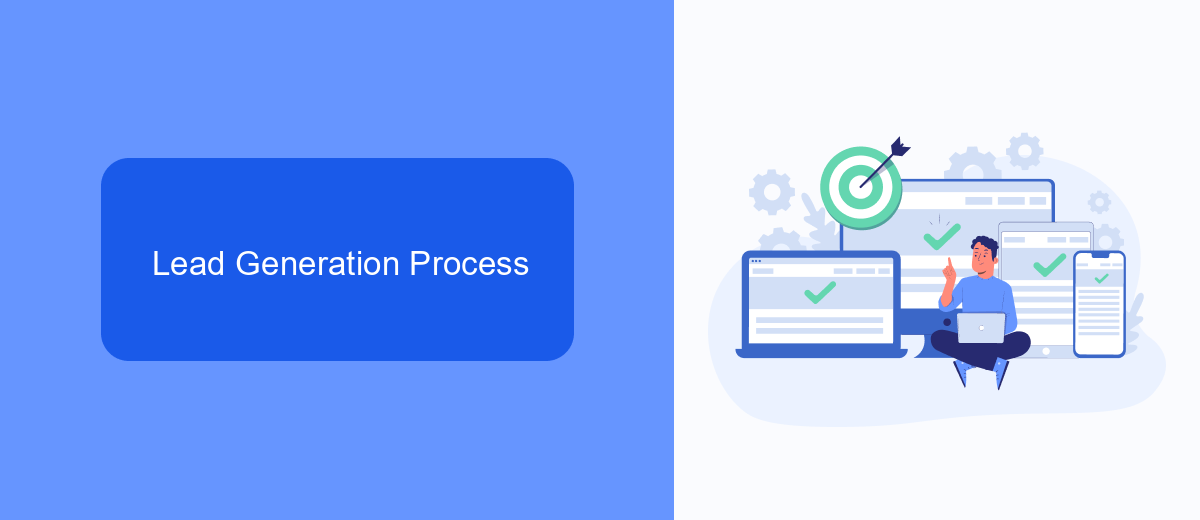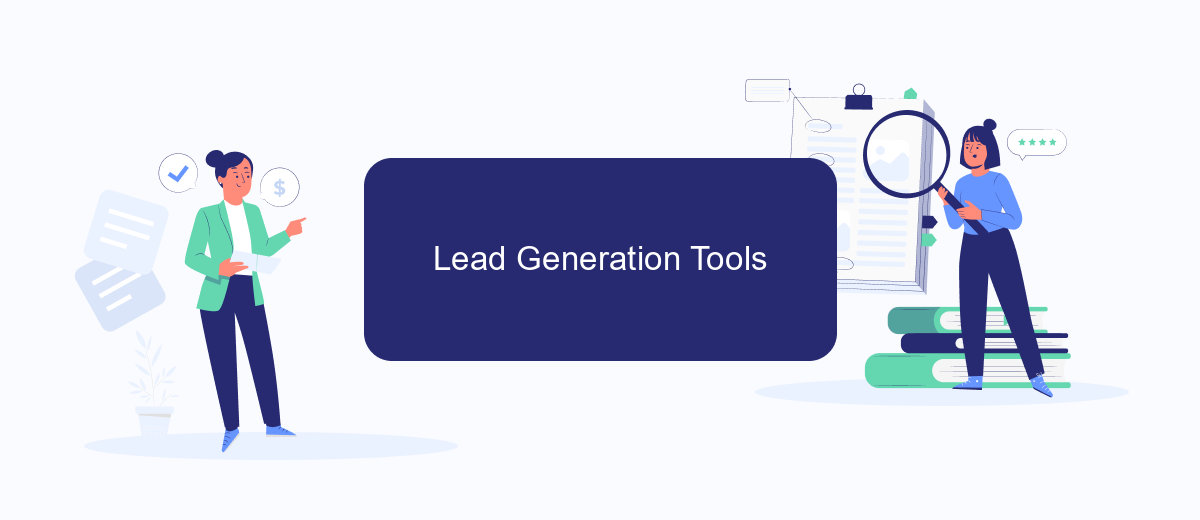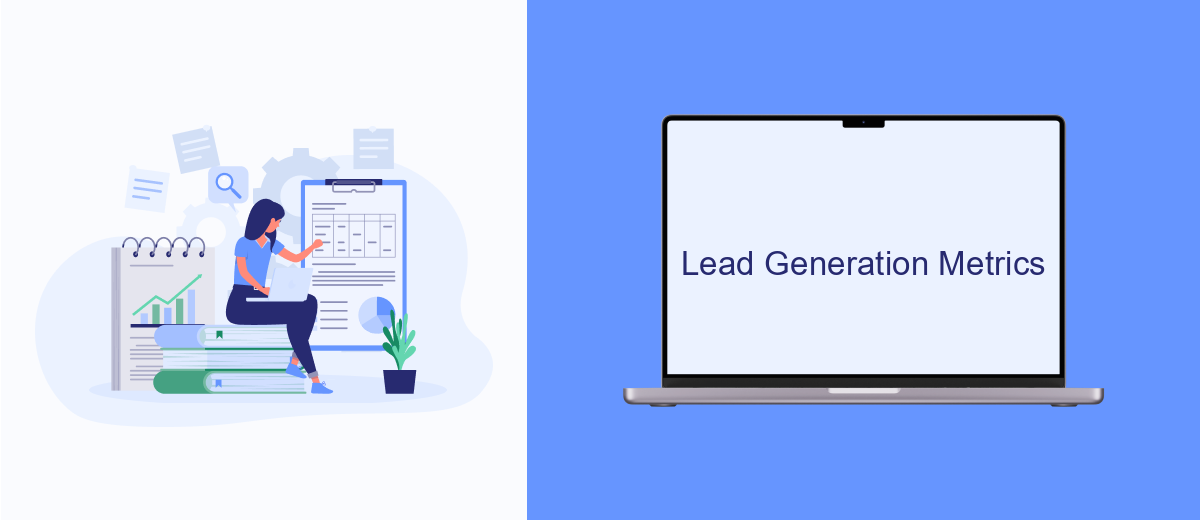Lead generation is a crucial aspect of modern business strategies, focusing on attracting and converting prospects into potential customers. It involves a variety of tactics and tools designed to capture interest and gather information from individuals who may be interested in a company's products or services. Understanding lead generation can significantly enhance a business's ability to grow and succeed in a competitive market.
What is Lead Generation; Lead Generation; Meaning
Lead generation is the process of attracting and converting strangers and prospects into someone who has indicated interest in your company's product or service. This can be achieved through various marketing strategies and techniques aimed at capturing the attention of potential customers.
- Content Marketing: Creating valuable content to attract and engage your target audience.
- Email Marketing: Sending targeted emails to nurture leads and encourage them to take action.
- Social Media Marketing: Using social media platforms to reach and interact with potential leads.
- SEO: Optimizing your website to rank higher in search engine results, making it easier for prospects to find you.
- Paid Advertising: Utilizing ads to drive traffic to your landing pages and capture leads.
Effective lead generation often involves integrating various tools and services to streamline the process. For instance, SaveMyLeads can automate the transfer of leads from different sources into your CRM, ensuring you never miss an opportunity to follow up. By leveraging such integrations, businesses can enhance their lead generation efforts and improve overall efficiency.
Lead Generation Process

The lead generation process begins with identifying your target audience and understanding their needs and preferences. This involves conducting market research, analyzing customer data, and creating buyer personas. Once you have a clear picture of your ideal customer, you can craft compelling content and offers that resonate with them. This content can take various forms, such as blog posts, eBooks, webinars, and social media posts, all designed to attract and engage potential leads.
Next, you need to capture leads by encouraging them to provide their contact information through forms, landing pages, and call-to-action buttons. Effective lead capture strategies often involve offering valuable incentives, such as free trials, discounts, or exclusive content. To streamline this process, integrating lead generation tools and services like SaveMyLeads can be highly beneficial. SaveMyLeads automates the collection and transfer of lead data from various sources directly into your CRM system, ensuring that no potential lead falls through the cracks. Finally, nurturing these leads through personalized email campaigns and targeted follow-ups will help convert them into loyal customers.
Lead Generation Tools

Lead generation tools are essential for businesses looking to attract and convert potential customers. These tools help streamline the process of identifying, capturing, and nurturing leads, ultimately increasing the chances of turning them into loyal clients. Below are some of the most effective lead generation tools available today:
- Customer Relationship Management (CRM) Systems: Tools like Salesforce and HubSpot help manage and analyze customer interactions and data throughout the customer lifecycle.
- Email Marketing Platforms: Services such as Mailchimp and Constant Contact allow businesses to create targeted email campaigns to engage potential leads.
- Social Media Tools: Platforms like Hootsuite and Buffer enable businesses to manage and optimize their social media presence, reaching a broader audience.
- Landing Page Builders: Tools like Unbounce and Leadpages help create high-converting landing pages to capture lead information.
- Integration Services: SaveMyLeads allows businesses to automate the transfer of leads from various sources into their CRM, ensuring no lead is lost and follow-ups are timely.
Utilizing these lead generation tools can significantly enhance a business's ability to attract and convert potential customers. By automating and optimizing various aspects of the lead generation process, companies can focus more on nurturing relationships and closing deals, ultimately driving growth and success.
Lead Generation Metrics

Understanding lead generation metrics is crucial for evaluating the effectiveness of your marketing strategies. These metrics provide insights into how well your campaigns are converting prospects into leads and help identify areas for improvement.
Several key metrics are commonly used to measure lead generation success. Tracking these metrics allows businesses to optimize their marketing efforts and achieve better results. Here are some important lead generation metrics to consider:
- Conversion Rate: The percentage of visitors who complete a desired action, such as filling out a form or subscribing to a newsletter.
- Cost Per Lead (CPL): The total cost of generating a lead, calculated by dividing the total marketing spend by the number of leads generated.
- Lead Quality: A measure of how likely a lead is to convert into a paying customer, often assessed through lead scoring systems.
- Time to Conversion: The average time it takes for a lead to move through the sales funnel and become a customer.
By regularly monitoring these metrics, businesses can make data-driven decisions to enhance their lead generation strategies. Additionally, leveraging tools like SaveMyLeads can streamline the process of integrating various marketing platforms, ensuring that lead data is accurately captured and analyzed.
Lead Generation Best Practices
Effective lead generation requires a strategic approach that combines multiple tactics to attract and convert potential customers. Firstly, it's essential to create high-quality, valuable content that addresses the needs and pain points of your target audience. This can include blog posts, eBooks, webinars, and social media updates. Additionally, optimizing your website for search engines (SEO) ensures that your content reaches the right people. Utilizing landing pages with clear calls-to-action (CTAs) can significantly increase conversion rates by guiding visitors towards taking specific actions, such as signing up for a newsletter or downloading a resource.
Another best practice is to leverage automation tools to streamline your lead generation process. Services like SaveMyLeads can be invaluable in this regard. SaveMyLeads allows you to integrate various platforms and automatically transfer lead data between them, ensuring no potential customer falls through the cracks. This automation not only saves time but also ensures that leads are promptly followed up with, enhancing the overall efficiency of your lead generation efforts. Regularly analyzing and refining your strategies based on performance metrics will help you continuously improve and achieve better results over time.
- Automate the work with leads from the Facebook advertising account
- Empower with integrations and instant transfer of leads
- Don't spend money on developers or integrators
- Save time by automating routine tasks
FAQ
What is lead generation?
Why is lead generation important for businesses?
What are the common methods of lead generation?
How can automation help in lead generation?
What metrics should be tracked in lead generation?
You probably know that the speed of leads processing directly affects the conversion and customer loyalty. Do you want to receive real-time information about new orders from Facebook and Instagram in order to respond to them as quickly as possible? Use the SaveMyLeads online connector. Link your Facebook advertising account to the messenger so that employees receive notifications about new leads. Create an integration with the SMS service so that a welcome message is sent to each new customer. Adding leads to a CRM system, contacts to mailing lists, tasks to project management programs – all this and much more can be automated using SaveMyLeads. Set up integrations, get rid of routine operations and focus on the really important tasks.

